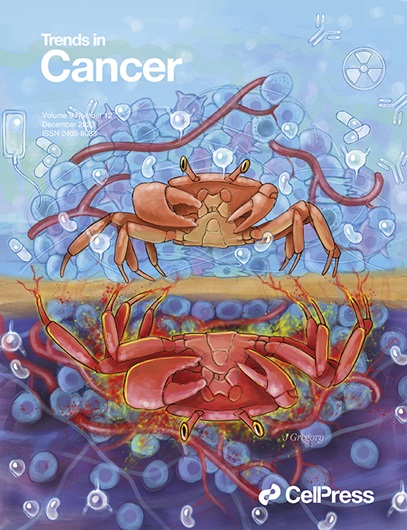人工智能改进了基于乳房 X 射线照相术的乳腺癌风险预测。
IF 17.5
1区 医学
Q1 ONCOLOGY
引用次数: 0
摘要
人工智能(AI)使我们能够深入研究乳房x光片的固有信息,并识别与未来乳腺癌诊断高风险相关的新特征。在这里,我们讨论了人工智能如何改善乳房x线摄影密度相关的风险预测,并塑造筛查和降低风险策略的未来。本文章由计算机程序翻译,如有差异,请以英文原文为准。
Artificial intelligence improves mammography-based breast cancer risk prediction.
Artificial intelligence (AI) is enabling us to delve deeply into the information inherent in a mammogram and identify novel features associated with high risk of a future breast cancer diagnosis. Here, we discuss how AI is improving mammographic density-associated risk prediction and shaping the future of screening and risk-reducing strategies.
求助全文
通过发布文献求助,成功后即可免费获取论文全文。
去求助
来源期刊

Trends in cancer
Medicine-Oncology
CiteScore
28.50
自引率
0.50%
发文量
138
期刊介绍:
Trends in Cancer, a part of the Trends review journals, delivers concise and engaging expert commentary on key research topics and cutting-edge advances in cancer discovery and medicine.
Trends in Cancer serves as a unique platform for multidisciplinary information, fostering discussion and education for scientists, clinicians, policy makers, and patients & advocates.Covering various aspects, it presents opportunities, challenges, and impacts of basic, translational, and clinical findings, industry R&D, technology, innovation, ethics, and cancer policy and funding in an authoritative yet reader-friendly format.
 求助内容:
求助内容: 应助结果提醒方式:
应助结果提醒方式:


